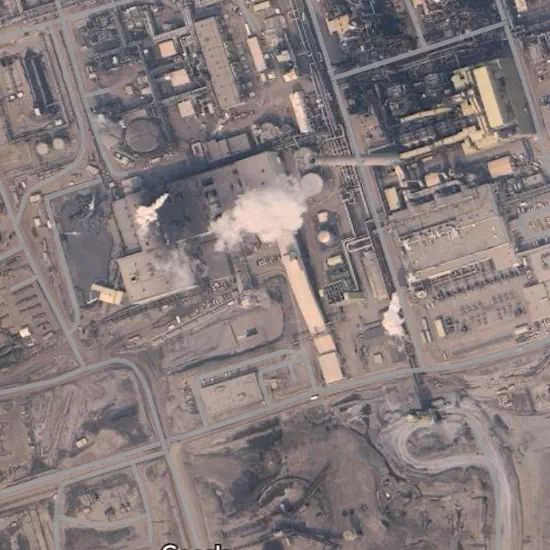List of child care centers (CCC)
✨ Nouveau! Analyse de la canopée et des ilôts de chaleur. Young children are particularly sensitive to air quality because their respiratory system is still developing and they breathe more rapidly than adults. Urban heat islands increase thermal stress around early childhood centers, while vegetation helps cool the air and filter certain pollutants. Together, good air quality and a green environment support children’s health, comfort, and development. Discover the analyses of early childhood centers
Search pollution sources by provinces
Search pollution sources by pollutant type
Discover the factories
Site statistics
More information about Air quality
Frequently Asked Questions
Air quality is measured using monitoring stations that detect levels of atmospheric pollutants such as fine particles, nitrogen dioxide, and sulfur dioxide. These stations use specialized sensors to continuously monitor the concentrations of these pollutants in the air.
Poor air quality can have serious repercussions on health. Fine particles and polluting gases can penetrate deep into the respiratory tract, causing respiratory problems, cardiovascular diseases, and exacerbations of pre-existing conditions such as asthma. Additionally, prolonged exposure to high levels of air pollution can increase the risk of cancer and neurological disorders.
To minimize the impact of air pollution on our health, it is recommended to limit outdoor activities in heavily polluted areas, use filtering masks when necessary, and maintain good indoor ventilation. Reducing the use of motor vehicles, favoring eco-friendly modes of transportation, and promoting clean energy sources are also important measures to improve air quality.
Air pollution in Canada has significant consequences for public health. According to statistics, air pollution contributes each year to thousands of premature deaths and an increase in hospitalizations for respiratory and cardiovascular problems. The most vulnerable populations, such as children, the elderly, and people with chronic illnesses, are particularly affected by the adverse effects of air pollution.
Premature deaths related to air pollution in Canada are often caused by respiratory and cardiovascular diseases exacerbated by prolonged exposure to high levels of atmospheric pollutants. Fine particles and other pollutants can damage lung tissues, lead to systemic inflammation, and increase the risk of heart attacks and strokes.
Yes, Canada has strict environmental regulations aimed at controlling and reducing air pollution. These regulations set limits on industrial and vehicular emissions, encourage the use of clean technologies, and promote the development of renewable energy sources. Federal, provincial, and territorial governments also collaborate to implement policies aimed at improving air quality and protecting public health.
As an individual, you can contribute to improving air quality by adopting environmentally friendly behaviors such as carpooling, using public transportation, recycling, and reducing your energy consumption. Additionally, you can support local and national initiatives aimed at reducing emissions of air pollutants and promoting sustainable practices. Together, we can all play a role in protecting our health and environment from the adverse effects of air pollution.





























